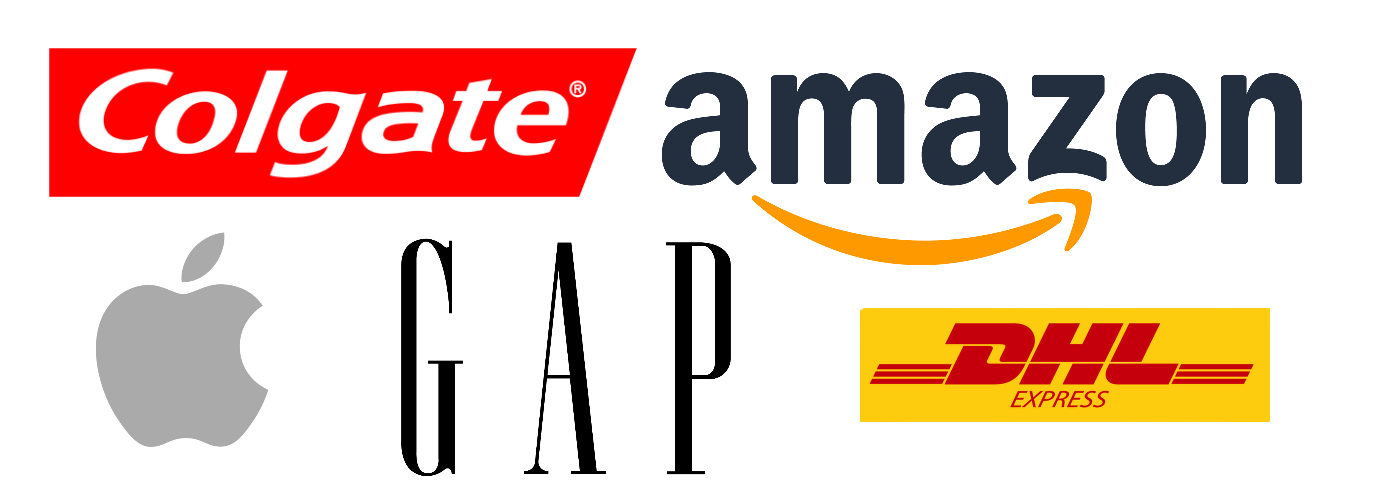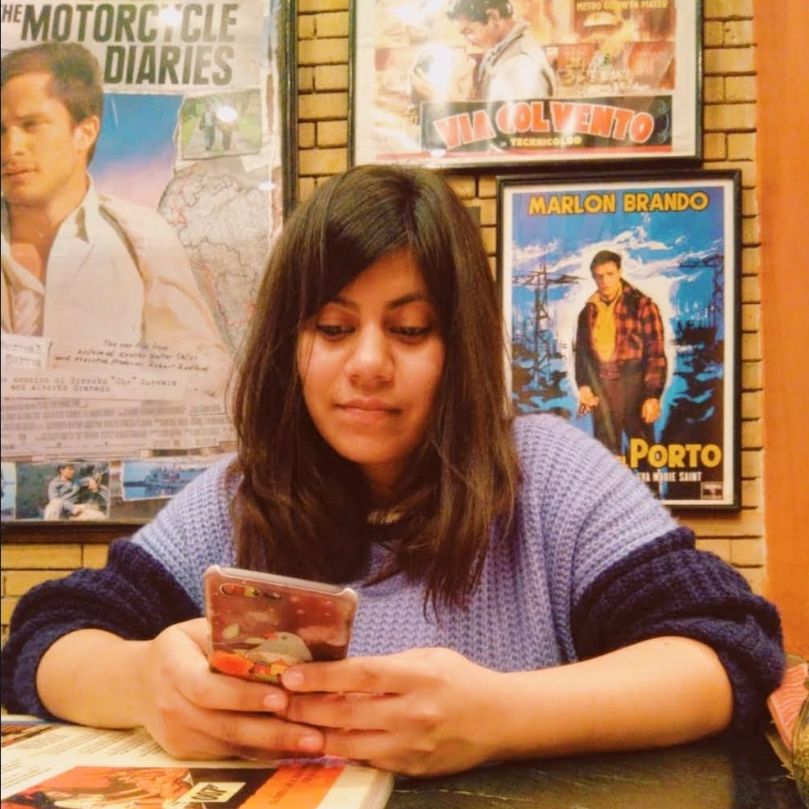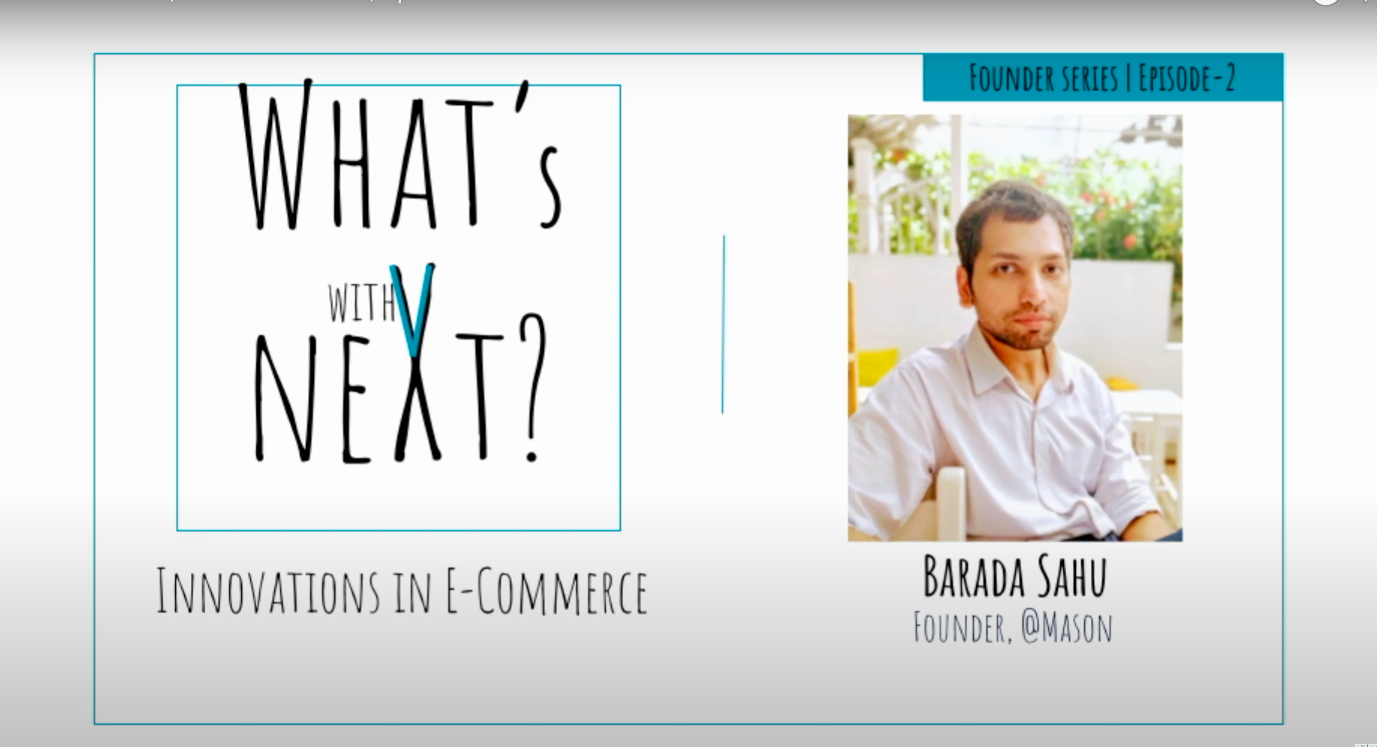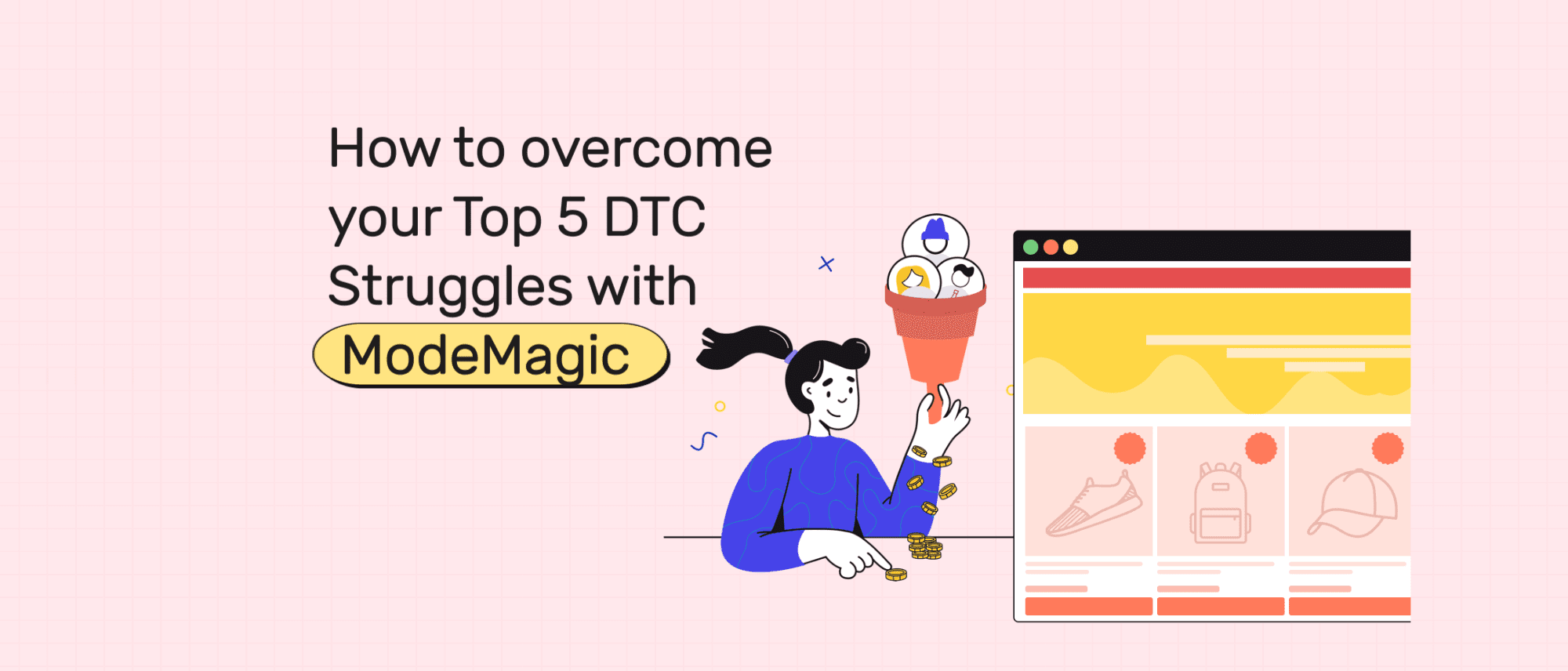When we wrote “The Beginner’s Guide to Lifecycle Marketing”, we knew we had so much more to say on the topic. And so, with this blog post, we’re delving deeper into the subject of brand awareness - stage 1 of Lifecycle Marketing.
According to Pam Moore, people need to see your brand at least 5-7 times before they remember it. That means you need to put your brand out there in front of your audience, often enough for them to come across it a few times. That is, essentially, what sums up the strategy of brand awareness campaigns..
What exactly is brand awareness?
Brand awareness is a measure of how aware, cognizant, familiar your audience is with your brand. Have they seen it around? Do they know it exists? They may not have interacted with you yet, but will they remember your logo when they see it? Essentially, how you build brand awareness is the result of successful branding activities that build brand recall.
Why is brand awareness strategy so important?
Think of some of the most successful brands in different verticals - Colgate in toothpastes, Apple in electronics, Amazon in everyday commerce, DHL in shipping, GAP in apparel...you’ll be able to place the colours, fonts and logos of these brands in just a couple of seconds. And when it comes to choosing between these brands and unknown competing brands, chances are you’ll go for these just because they are familiar and feel safer.
That’s the power of how you build brand awareness and brand recall.

The great news is that with a little creativity and some brainstorming, you can use creative content and approaches for promoting your brand and to build the awareness & recall that your brand needs.
Here are 7 Creative Tips & Ideas to Increase Brand Awareness
1. Create in-depth, optimized infographics
Create content that is eye-catchy. Infographics are a type of content you create to provide in-depth information to your potential customers, at a glance. You’ll have seen infographics all over the internet, explaining the ‘best ways to do xyz’, or ‘how to achieve xyz’, or ‘why abc is better than xyz’.
These graphics stand out, impart information and add value to your audience - which makes them all the more memorable when it comes to your brand.
Before you get started, keep these tips in mind for creating an infographic that works:
- Stick to your brand colours and palettes
- Create a template - or series of templates - for your infographics, to establish consistency
- Establish a family of font sizes to use across infographics: one for the header, another for sub-headings, and a third for body copy. These can be exactly the same as your brand fonts, but you can also swap out a couple for some added flair.
- Leave plenty of whitespace between different elements so it doesn’t look too crowded
- Optimize it with keywords, and then HTMLize it
- Check for readability on both desktop and mobile
When working on Mason, all you have to do is upload your brand and creative guidelines once, then sit back and allow the platform to help you create beautiful branded content. Complete with layout inspiration. Ready to give it a try?
Get started for free!
Once you have an infographic you’re ready to publish, don’t just add it into your blog - promote it on social media, in your emails, etc. Remember, your content is only as good as your distribution strategy in a marketing campaign!
2. Create easily-shareable content
There’s a reason why image and video-led platforms such as Instagram and TikTok are doing so well today. They create content that people engage with. People are usually more attracted towards visual content - it’s usually entertaining, easy to understand (a picture is worth a 1000 words!) and massively addictive.
Just think of the millions of people who scroll through the black hole that is their Instagram feed, for hours a day. Or the millions who follow TikTok trends, make their own dance videos, and practice steps in front of the mirror.
Visual imagery is powerful stuff and, what’s more important for brands, is that part of its power lies in its high shareability.
People love to share things that make them feel warm, entertained, informed or empowered - they want to pass that feeling onto friends and family. But, because very few people will take the time out to read, the best bet is for you to package this content in visual, shareable formats.
Highly shareable types of content include:
- How-to videos
- Interviews
- Showcase videos (where you create a setting for your products or services)
- Compilation videos
- Trend-based images & videos
- Behind the scenes images
- Inspirational quotes
- Photographically appealing images
Remember to publish these on social media, YouTube, etc. or go for guest blogging/ guest posting on relevant sites - basically anywhere and everywhere your audience frequents!
Tips for creating highly shareable content that increases brand recall:
- Include elements in your brand colours & fonts
- Make sure your logo is always a part of it - at the end of a video, for example
- Keep the tonality conversational, personalized and as informal as suits your brand
- Create the content in all sizes, optimized for all platforms
- Go mobile-first: Remember that people will be viewing this on their mobile phones
3. Work on pulling in User-Generated Content
It is a must-have for any digital marketing strategy. Most people discover brands today by means of content that others are sharing. Think about the last time you came across a new brand on social media - it was either via a promoted ad, or because someone you know/follow/came across, posted about it.
Think about how all the celebrities on Instagram today constantly tag the brands they are using, not necessarily because they are being paid to do so but because they want to share the products or services they find helpful.
All of this helps create brand awareness to the max, and also increase conversion rates!
So how do you get more people talking about you? Well, you start out by asking them to. Ask your customers to upload a picture on social media and tag you, or ask them to re-share a photo you post of them using your products or services. Run a contest requiring all participants to post a picture with your product and use your hashtag so you can find them. And you can simply start creating conversations online, propagating your hashtag and encouraging followers to tag you. Or maybe start your own referral programs. User generated content tends to have a snowball effect - it will take time to get rolling, but will gather momentum and grow for promoting your brand.
Take Airbnb’s Instagram page, for example, where they only re-share user-generated images & videos

Things to keep in mind when re-sharing User-Generated Content:
- Only re-share that content which contributes to your brand experience and conversion rates.
- Add some elements of your brand into the content, perhaps a small logo, or the hashtag.
- Always provide attribution
- Re-share it on all platforms with the right audience, not just one platform
4. Be consistent in branding & tonality
The average person comes across 6,000 - 10,000 ads in a single day. That is content that’s being pushed in front of them, calling out for their attention. So, for your content to stand out (whether it’s being promoted or not), it doesn’t help to only be creating a lot of it. Recognizing your brand may not be very easy. You need to be creating a lot of consistent-looking content, content that is true to your brand.
What do we mean by content that’s consistent? It includes:
- Brand colours
- Brand themes & layouts
- Brand tonality and voice
- Brand logo and other branding elements (such as a mascot, if you have one)
Sticking to your brand elements helps create a pattern, so as people come across your content again and again, they’ll begin to associate it with your brand at just a glance. And there you have it! Brand awareness and recall, achieved.
5. Use visually-attractive imagery
Did you know there are certain kinds of images that work better in grabbing attention from your target audiences? There’s a whole art to choosing the right images for your marketing, and we’ve got all the tips for you:
- Lifestyle images usually work best, because they help you communicate a feeling. For example, if you’re selling chocolate, you want to evoke feelings of joy - your images should not only focus on your delicious product but also on happy people!
- Alternatively, you can use a combination of people images and illustrations, or a product-highlighting flatlay layout for a unique spin on your visual language!
- Stick to a single style of images. Are you a family-friendly beach equipment company? Keep your images in the space of sunny, beachy visuals with families having fun by the water. Don’t mix it up with a luxury, romantic beach getaway for two!
- Make sure your visuals complement your content. Nothing is worse than when the image and copy just don’t communicate one message.
- Use the right colours in your imagery. Green, for example, is an obvious choice for conscious brands; red makes for a great colour for F&B.
Once you establish your visual language and use it consistently, your target audiences will start to relate it with your brand and it will increase your brand awareness as well as recall.
6. Create consistent brand experiences
In the previous point, we spoke about communicating a feeling with your visuals. Think of ‘experiences’ as the same thing - when you create a certain kind of content, you create a certain kind of experience for your audience. A Louis Vuitton aims to create an experience of aspiration, whereas a Uniqlo aims to create an experience of utility - the way they use their logos, copy and visuals all changes accordingly.
To create a consistent brand experience, ask yourself:
- What is the experience you want to create? Is it one of utility, inspiration or aspiration?
- Who are your target audiences? What helps create your chosen experience for them?
- What are the brand elements you must have in every single visual (think logo, colours, typeface)?
- What sort of visual imagery will create your chosen experience?
- How will you use different platforms to create that experience? (Even among social media, the way you use Instagram will be different from the way you use Twitter.)
Once you know what kind of experience you want to create with your content, all you have to do is consistently create it over and over again! This will help fix your brand in your audience’s mind as the one to offer that particular experience (similar to how people associate H&M with fast clothing and McDonald’s with fast food), thus boosting your brand awareness.
7. Maximize the marketing formats & channels that you use
Everyone lives in a multi-experience world today. People discover products on social media, explore them on websites, look for reviews on aggregators and then think about it some more before finally buying the product on a platform that they trust (or even offline!).
To be able to truly create brand awareness and recall, you need to be present on every possible channel, in every possible format.
We’re talking:
- Images and infographics
- Videos
- Live stories (FB & Insta)
- Webinars
- Podcasts
- Testimonials
- Polls and Q&As
- Research papers (if relevant, like in the case of a skinceuticals brand) and more.
And similarly, you need to maximise the channels you need to publish and promote these! Not only your website and social media, but 3rd party websites, forums, you name it.
The more (relevant) places you’re present with your brand content, the more you increase your chances of appearing in search engine results- and eventually increase your brand awareness and recall. Your overall go-to-market plays a crucial role.
Ready to get going and build your brand awareness?
Even with all the tips in the world, sometimes all you need is a partner - that’s where Mason comes in. It’ll do everything from providing inspiration for content, to execution and publishing. In fact, it even adapts visuals automatically for all social platforms! All you have to do is sign up and upload your brand guidelines, and you’re ready to hit the town and build that brand awareness.





